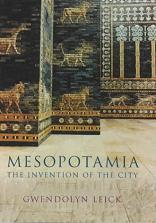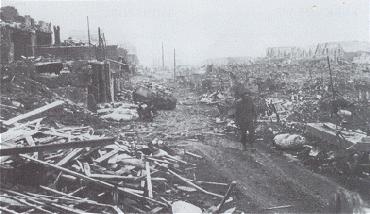
Mesopotamia: the Invention of the City
Gwendolyn Leick
252 pages including index
published in 1993
Continuing with my interest in Bronze Age history, I got Mesopotamia: the Invention of the City from the library, about the only book on Mesopotamia actually present there at the time and not hopelessly (decades) out of date. I know little about Mesopotamia other than the stuff everybody knows, it being probably the oldest civilisation in the world, inventors of written language and the city, yaddayaddaya. All I knew about it I learned from my old childrens encyclopedias, long obsolete even when I read them some twenty years ago…
Gwendolyn Leick didn’t set out to write a general history, but more of an overview of the ten most important cities that made up the area: Eridu, Uruk, Shuruppak, Akkad, Ur, Sippar, Nippur, Ashur, Nineveh and Babylon. She does this in chronological order, with Eridu the oldest established and Babylon the youngest. Considering that Babylon was an old, old city when Rome yet had to be founded, you can imagine how old the earliest cities were, as far away in time from the founding of Rome as we are from its fall. Which is the most important point that I picked up from this book, how long Mesopotamia’s history was, that later cities might have had the same sort of relationship with the very first ones as we have with Rome and Greece.


